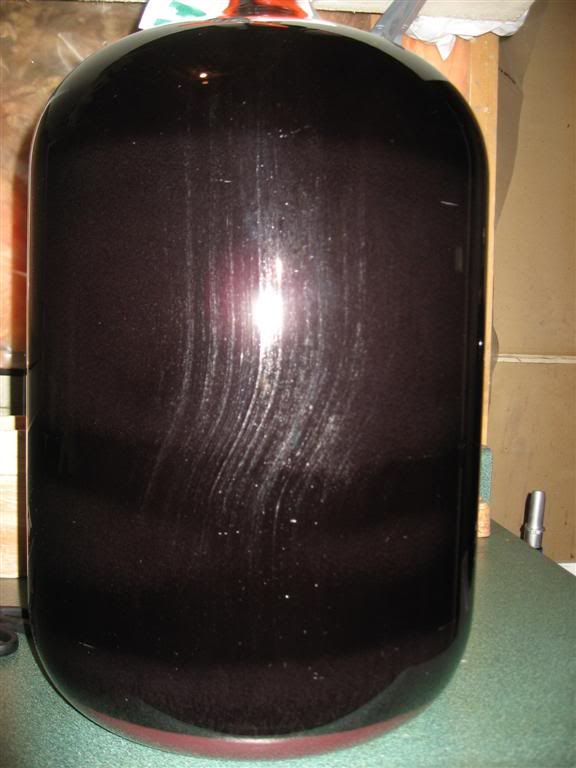Recently did a batch of RJs Super Tuscan, was very excited about it. Had some hiccups with an overfull primary but when all was said and done still had a batch I was very excited about.
Stab and allowed to bulk age for about 2 months and then looked at bottling only to find that the wine was far from clear and the heavy sediment was not descending. There was a good layer at the bottom but noticeable floaties in the column.
I went to my local wine shop, picked up some more Kitosol & Chitosan (same as Super Kleer basically) and went about the business of racking again and clearing again.
I tend to go overboard at degass phase and add 50% of the time recommended for stirring and do so with a drill for extra measure to ensure no trapped gas but at rack down I was surprised to find it was fairly gassy. I assumed I made a mistake so I again degassed for a good long while left a few hours and did it again till I got no more gas from it before clearing again.
I waited a week, I was pretty positive as I noted initially a lot of new sediment settling, however another week later I have bands of sediment that still won't fall. I tried another kitosol as some kits Ive seen sandwich Kito-Chito-Kito but to no avail .
As you can see there is quite a bit of sedi for a second rack but Im at a loss what to do next. There is some pretty big stuff floating so Im doubtful just giving it time will work...
Should I bother with another clearing agent? Maybe just mechanically filter next? Any ideas why this might have happened?

Stab and allowed to bulk age for about 2 months and then looked at bottling only to find that the wine was far from clear and the heavy sediment was not descending. There was a good layer at the bottom but noticeable floaties in the column.
I went to my local wine shop, picked up some more Kitosol & Chitosan (same as Super Kleer basically) and went about the business of racking again and clearing again.
I tend to go overboard at degass phase and add 50% of the time recommended for stirring and do so with a drill for extra measure to ensure no trapped gas but at rack down I was surprised to find it was fairly gassy. I assumed I made a mistake so I again degassed for a good long while left a few hours and did it again till I got no more gas from it before clearing again.
I waited a week, I was pretty positive as I noted initially a lot of new sediment settling, however another week later I have bands of sediment that still won't fall. I tried another kitosol as some kits Ive seen sandwich Kito-Chito-Kito but to no avail .
As you can see there is quite a bit of sedi for a second rack but Im at a loss what to do next. There is some pretty big stuff floating so Im doubtful just giving it time will work...
Should I bother with another clearing agent? Maybe just mechanically filter next? Any ideas why this might have happened?





